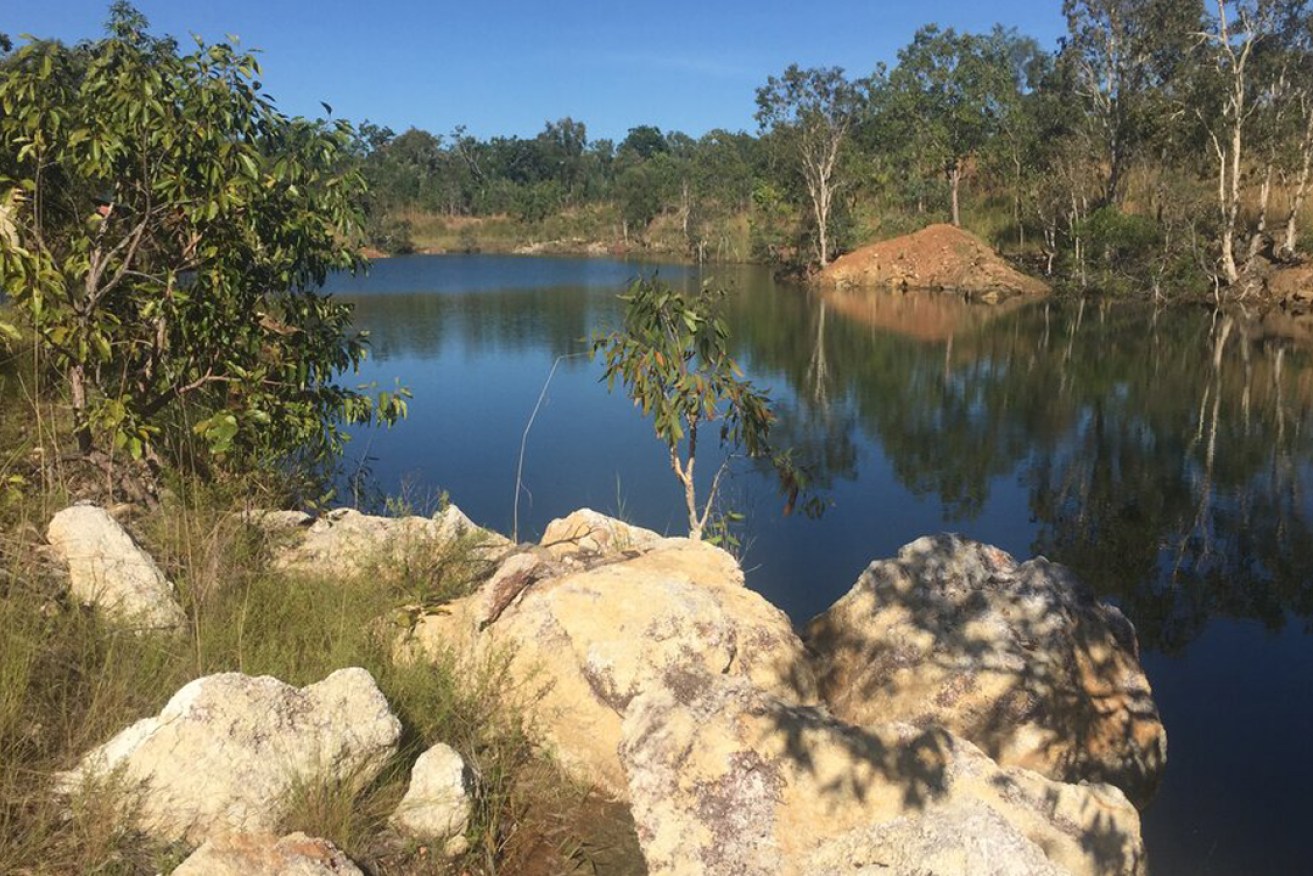SA company wins federal support for Top End lithium project
Adelaide miner Core Lithium has received federal major project status for its proposed Finniss Lithium Project in the Northern Territory, which aims to be Australia’s first lithium mine outside of WA.


Adelaide-based Core Lithium has received federal major project status for its proposed Finniss Lithium project near Darwin.
The mine site is only about 25km from the port of Darwin and was given government approval in April to become the Top End’s – and Core Lithium’s – first operating lithium mine.
Lithium is used to make batteries and is becoming increasingly in demand alongside the rise in popularity of electric vehicles and renewable energy storage systems.
The company says the Finniss project is one of the most capital-efficient lithium projects in Australia.
An updated Definitive Feasibility Study (DFS) for the project is due in the first half of 2021 ahead of a Final Investment Decision (FID) and potential construction to begin before the end of the year.
Core Lithium Managing Director Stephen Biggins said the securing of major project status for the flagship Finniss Lithium Project was another significant milestone for the company as it headed towards the construction phase.
“When in production, the Finniss Lithium Project will be the first Australian lithium producing mine outside of Western Australia, with our proximity to Darwin Port – the country’s nearest port to Asia – serving as a direct route for our lithium to be processed and delivered to end-users worldwide,” he said in a statement to the Australian Securities Exchange this morning.
“This opens up a pathway for a critical minerals hub to be established in Northern Australia, along with the potential for significant associated local modern manufacturing opportunities.”
The mine is expected to produce 175,000 tonnes of lithium concentrate per annum for up to 10 years, generating more than $150 million in revenues a year.
Core already has a binding agreement with China’s Yahua for 75,000tpa and a non-binding MOU with Geneva-based Transamine Trading for a further 50,000tpa, which in total represents about 70 per cent of production.
According to the federal government, the Finniss Project will generate more than 360 jobs during construction and more than 250 ongoing jobs during operation.
Minister for Industry, Science and Technology Karen Andrews said the projects would bring huge economic benefits to the Northern Territory and the rest of Australia.
“Lithium is a valuable export which will only become more important in the future, thanks to its use in a range of everyday items from electric car batteries to smartphones, pacemakers and digital cameras,” she said.
Major Project Status is the Australian Government’s recognition of the strategic significance of a project to Australia. It provides companies with extra support from the Major Projects Facilitation Agency, including a single-entry point for Australian Government approvals, project support and coordination with state and territory approvals.
Meanwhile, Leigh Creek Energy has reached a Final Investment Decision (FID) to push ahead with Stage 1 of its Leigh Creek Energy Project.
This morning’s announcement comes after the SA-based listed company secured funding of up to $18 million from US-based Energy Exploration Capital Partners in January.
Stage 1 includes the drilling of gas wells and construction of a 5MW power plant, which will use syngas from Leigh Creek to generate electricity to be sold to the national grid.
Initial costs for the Stage 1 commercial development will be funded using the company’s existing case balance and finance facility.
The larger Stage 2 part of the $2.6 billion project involves increasing gas production, a large-scale power plant and the construction of a processing plant to convert syngas into urea fertiliser. The plant is planned to initially produce one million tonnes of nitrogen-based fertiliser a year to supply Australian agriculture.
The project is located near the former coal-mining town, 550 kilometres north of Adelaide.
When operational, the LCEP will become the largest in-situ gasification (ISG) project in Australia and a significant supplier of low cost, domestically produced urea to Australia’s agricultural sector.
The company holds two permits over the now-closed Leigh Creek coalfield. The site has gas reserves of 1153 petajoules (PJ) plus indicated and inferred coal resources of 301.2Mt.
One of the two permit sites includes 654 PJ of gas reserves, which the company says is sufficient to supply the proposed 1Mtpa urea production facility for 20 years.




